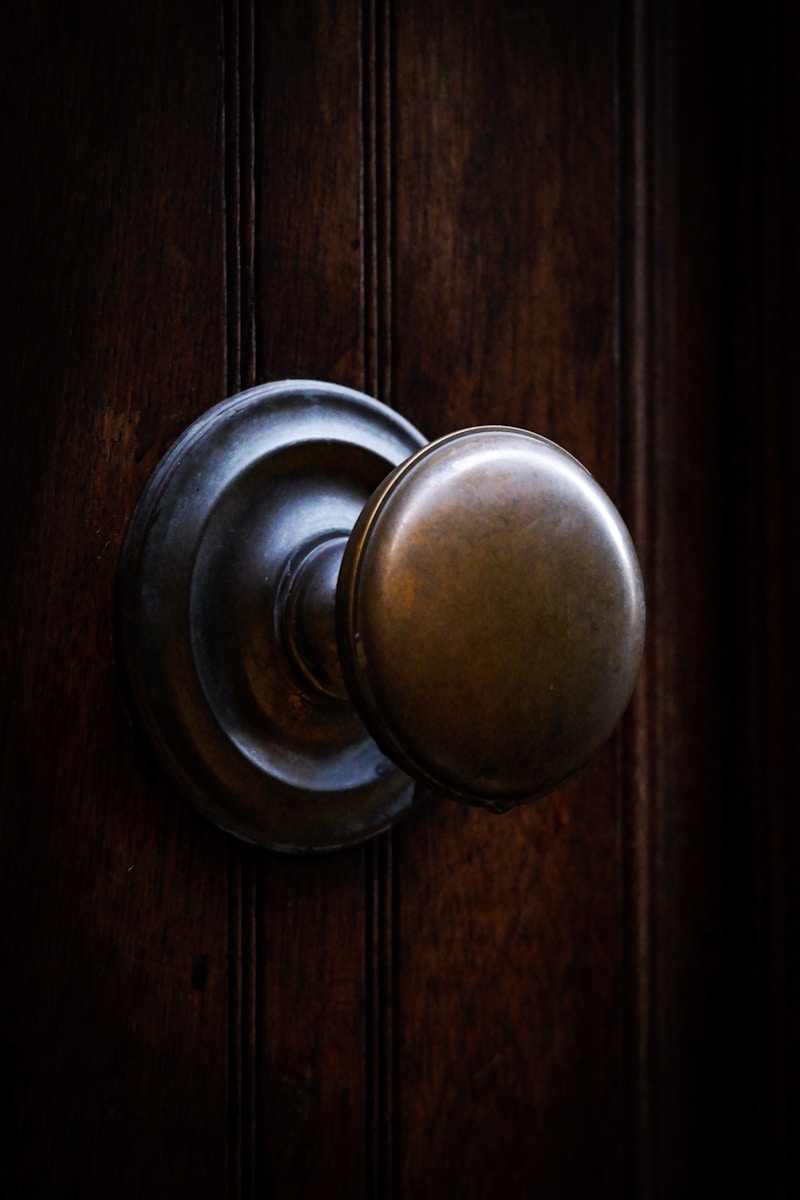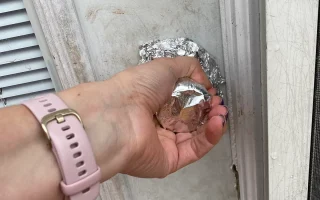Have you ever seen a door with a handle or knob that doesn’t turn or open the door? You may have been looking at a “dummy door knob.” This article will help you learn all about dummy door knobs, what they are used for, and why they are different from regular door knobs.
What is a Dummy Door Knob Used For?

A dummy door knob is used for decorative purposes and to provide a way to pull or push a door without needing a latch or lock. It is commonly installed on closet doors, pantry doors, or other non-functional doors where a locking mechanism isn’t required. Dummy door knobs also help create design symmetry in rooms with multiple doors by matching the look of functional knobs.
There are a few reasons why people use dummy door knobs:
- Decoration: Dummy door knobs can make a door look completer and more stylish. They can be used to match the design and color of other door knobs in a room. For example, if you have a closet door that slides open, you might put a dummy door knob on it to make it look like the other doors in the room.
- Pulling a door closed: Sometimes, a door doesn’t need a lock or latch to stay closed. In these cases, a dummy door knob can be used to help you pull the door closed. You can also use it to push the door open from the other side.
- Keeping a door propped open: If you want to keep a door open, you can use a dummy door knob as a stopper. The knob will prevent the door from swinging shut, which can be helpful if you need the door to stay open for a while.
- Adding symmetry: In some spaces, there might be two doors next to each other. One door might need a working door knob, while the other door is just there for decoration. In this case, a dummy door knob can be used on the decorative door to make the doors look the same.
What is a Dummy Door Handle Used For?

A dummy door handle is used for decorative purposes and to pull or push doors that don’t need a functioning latch or lock, such as closet or pantry doors. It is fixed in place and does not turn or operate a mechanism. Dummy door handles are often used to maintain symmetry in design and to complement other functional handles in a room.
What is a Dummy Door Lock?
A dummy door lock is a non-functional lock used for decorative purposes on doors that don’t need to lock, such as closet or pantry doors. It mimics the appearance of a regular lock but doesn’t have any internal locking mechanism. Dummy door locks are often used to match the style of other functional locks in a room for a consistent design.
Now that you know what a dummy door knob, handle, and lock are, let’s talk about the different types and how they are installed.
Types of Dummy Door Knobs and Handles

There are many different types of dummy door knobs and handles. They come in all sorts of shapes, colors, and materials. Some common materials for dummy door knobs and handles include:
- Brass: Brass is a strong and durable metal. It can be polished to look shiny and bright or given an antique finish to look old and worn.
- Stainless steel: Stainless steel is a popular choice because it doesn’t rust and is easy to clean. It has a modern look and can be found in many different styles.
- Bronze: Bronze is another strong metal that can be polished or given an antique finish. It has a rich, dark color that looks elegant and timeless.
- Crystal or glass: Crystal and glass dummy door knobs can be very beautiful and decorative. They can catch the light and add a touch of elegance to a room. These knobs are often used on doors that have a more traditional or fancy style.
- Ceramic or porcelain: Ceramic and porcelain dummy door knobs are great for adding a pop of color to a room. They come in many different designs and can be very decorative.
- Wood: Wooden dummy door knobs can give a warm, natural look to a room. They can be painted or stained to match the style of the room.
How to Install a Dummy Door Knob or Handle
Installing a dummy door knob or handle is usually quite easy. Here are the steps you need to follow:
- Choose the right spot: First, decide where you want to put the dummy door knob or handle on the door. Make sure it’s at the same height as the other door knobs or handles in the room, so it looks even.
- Mark the spot: Use a pencil to mark the spot where you want to install the dummy door knob or handle. This will help you know where to drill the holes.
- Drill the holes: Use a drill to make small holes where you marked the spot. Be careful not to drill too deep or too big. You want the holes to be just the right size for the screws that came with your dummy door knob or handle.
- Attach the dummy door knob or handle: Put the screws through the holes in the dummy door knob or handle and into the holes you drilled in the door. Use a screwdriver to tighten the screws until the dummy door knob or handle is securely attached to the door.
And that’s it! Now you have a beautiful and functional dummy door knob or handle on your door.
Conclusion
Dummy door knobs, handles, and locks are great for adding style and function to a room without actually opening or locking a door. They can be used for decoration, pulling doors closed, keeping doors propped open, and adding symmetry to a room. With so many different types and styles to choose from, you’re sure to find the perfect dummy door knob or handle for your home. And with easy installation, you can have your new dummy door hardware in place in no time.




